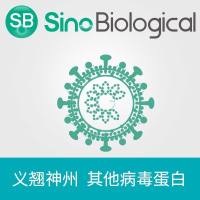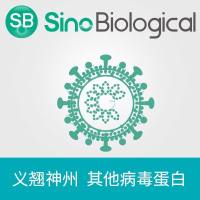Preparation of HSV-DNA and Production of Infectious Virus
互联网
564
This chapter deals with (1) the preparation of herpes simplex virus (HSV) virion DNA of a quality and purity suitable to be used for the generation of infectious virus, and (2) its use in the preparation of infectious virus. An important development in the understanding of virus genetics and gene products has been the ability to carry out reverse genetics. This is dependent on the ability to manipulate the genome in vitro and reconstitute infectious virus. Our understanding of DNA viruses and positive stranded RNA viruses (where DNA and RNA/cDNA, respectively, are generally infectious) is considerably greater than for negative stranded RNA viruses, where until recently, it had been impossible to generate virus.from either RNA or cDNA. Within the herpesviridae, knowledge of the function of HSV gene products is one of the more advanced owing to the relatively straightforward techniques required to generate virus from HSV-DNA, and to introduce desired mutations by cloning small parts of the genome, manipulating them, and then reintroducing the mutations by a process of cotransfection and in vivo recombination with intact virus DNA. Other α-herpesviruses, such as EHV-1 and PRV, are equally amenable to such manipulation, and knowledge of their gene products is also well advanced. In contrast, this technology is only now, and with much less success, being applied to other members of the family, such as EBV, HCMV, and VZV, and knowledge of their genetics is much less advanced. The use of cosmids to reconstitute intact virus will aid in the advance of knowledge for these viruses. For examples of uses of recombinant DNA technology, the reader is referred to other chapters (especially those on cloning and mutagenesis). I will concentrate on the techniques currently in use in my laboratory, but will also mention other techniques in use elsewhere that may be more appropriate in certain cell types.








